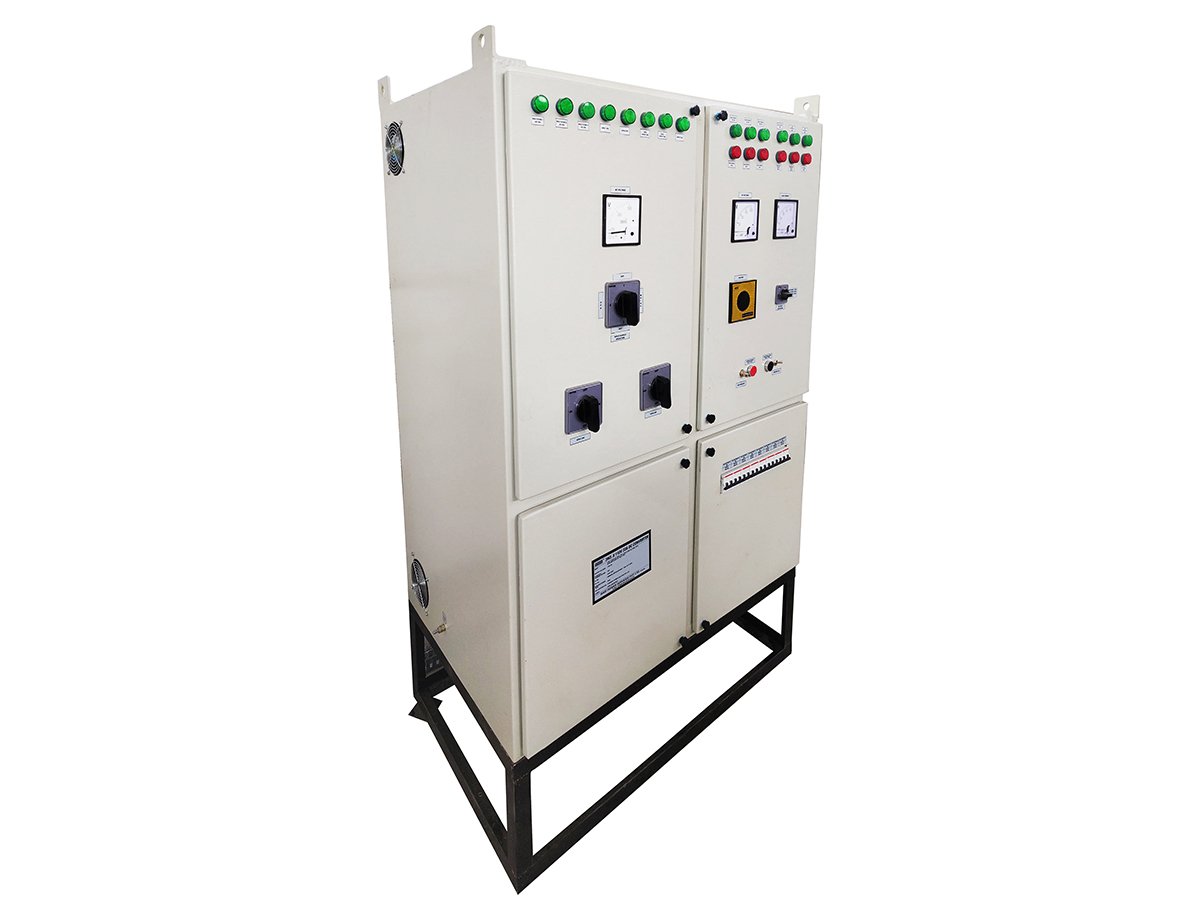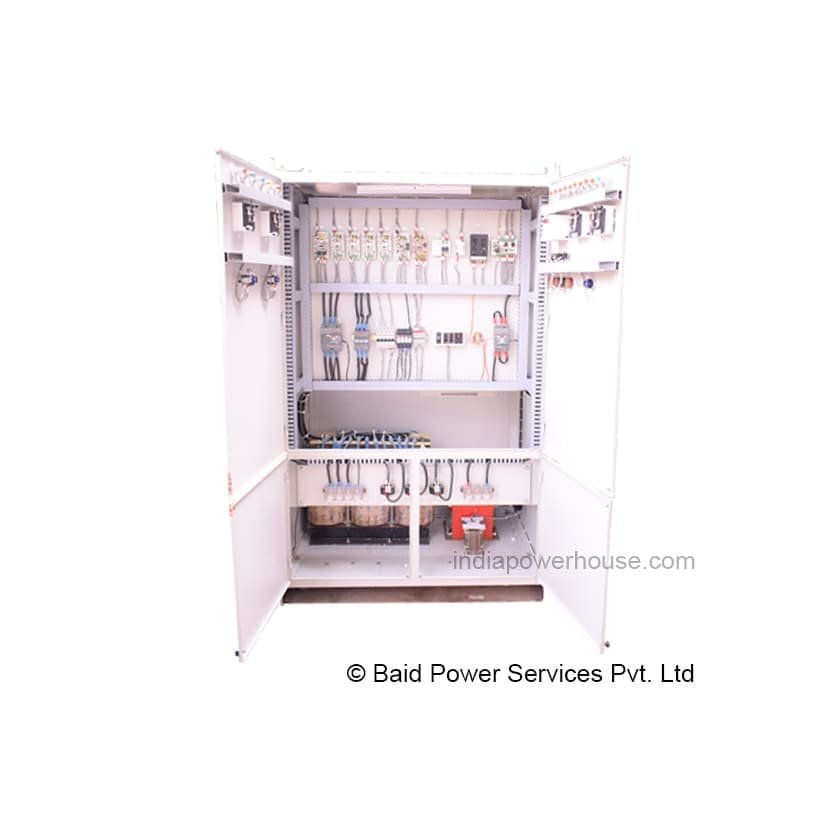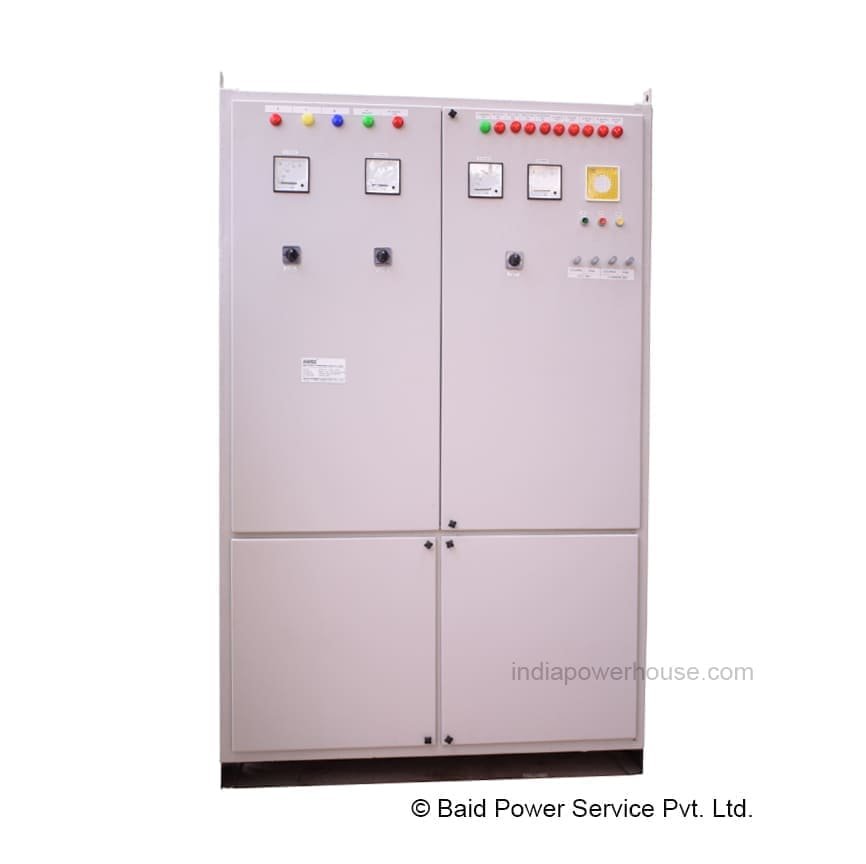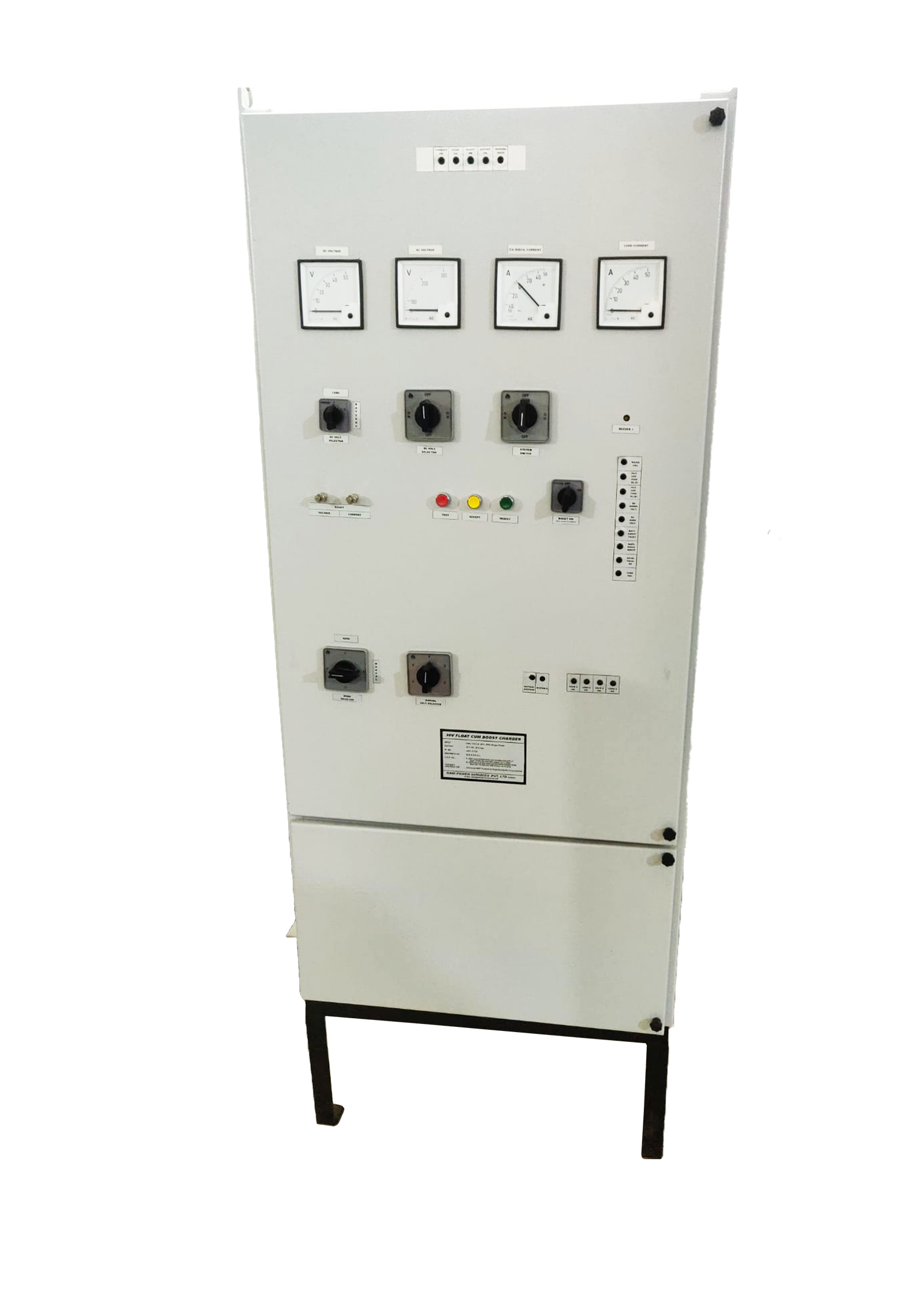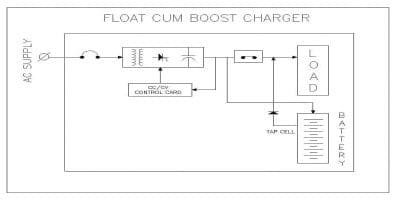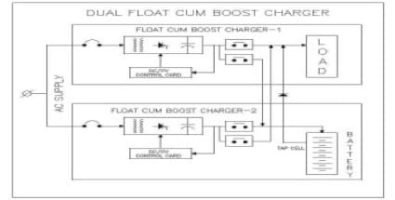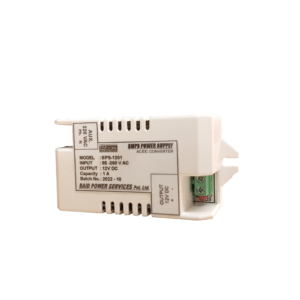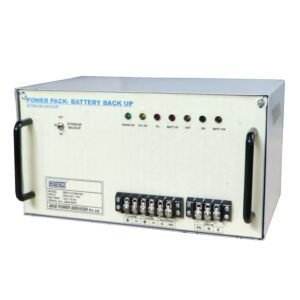Product description
Choosing the Right Battery Charger?
Baid Power Services P. Ltd. is having over 30 years of experience in designing and manufacturing various types of Industrial Float & Float cum Boost chargers. BPS Industrial Float Chargers FCBC, FCBC Battery Charger, and Float Charging are designed to supply a constant DC source for continuous load and intermittent DC loads and simultaneously keep the connected batteries in fully charged condition. These are Constant Current – Constant Voltage chargers. Chargers are Transformer-based and have full bridge rectifiers consisting of SCR / Diode or SCR-SCR modules with phase angle control loops to automatically control the charging rate for a wide range of batteries. BPS chargers are suitable for Float Charging all kinds of batteries like VRLA, Ni-Cad, Tubular, Plante, etc. Float Charging
The primary functions of a Battery Charger are:
a) To Boost charge the discharged battery,
b) To float charge the battery to maintain its self-discharge losses.
c) To supply DC load with Mains ON condition.
While selecting the right type of chargers for specific applications, the following points may be considered:
a) Application critically, For critical application, the charger selected must have very high redundancy.
b) Location of installation, For installation at remote locations, high redundancy is required.
c) Type of battery and
d) Cost factor
Technical Specification |
|
|---|---|
| Aux: | : 415V. AC ( 3 Phase) / 240 V (1 Phase)+/- 20 %/ +/- 10%, 50 Hz. +/- 3 Hz. |
| Output | : 30 V, 48 V, 110 V, and 220 V. DC supply battery |
| Battery Type | : Lead Acid / SMF/PLANTE/ NiCd |
| Indications and instruments | : Indications for 3-phase mains supply |
| : Float / Boost section | |
| : AC Volt meter with selector switch | |
| : DC Volt meter with selector switch and battery volt | |
| : DC Amps meter for load | |
| : DC Amps meter for Charging. | |
| Protection | : MCB for Mains incoming supply |
| : MCB for output load | |
| : Overload cut out by electronics circuit | |
| : Over Voltage cut-out by electronics circuit | |
| : Single phasing, under voltage for mains | |
| Housing and Enclosure | : Heavy-duty Sheet Steel Enclosure Finished with Powder Coated paint. |
| Operation | : Auto/Manual |
| Control | : CC/ CV close loop |
| Rectifier | : Full wave half controlled bridge |
| Optional | : Fuse protection for each rectifier element |
| : Fuse failure relay | |
| : DC Earth Fault Relay | |
| : Alarm Annunciation | |
| : Dual Float Charger option | |
| : Any other as per requirement. | |
Different Charging Schemes with Block

